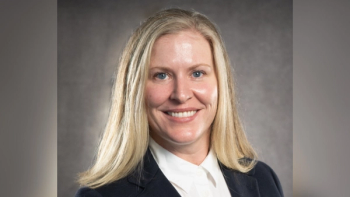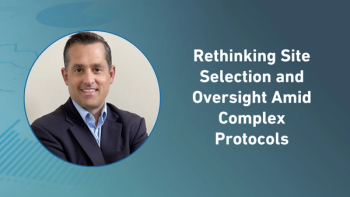
How CROs are Uniquely Positioned to Drive Adoption of the TMF Exchange Mechanism
Work across varying therapeutic areas and new technology among reasons why CROs are qualified to advance model.
When the TMF Reference Model was created by volunteers under the auspices of the Drug Information Association (DIA) Document and Records Management Community back in 2010, many in life sciences and the clinical trial industry were enthusiastic that, finally, there would be some standardization of TMF content configuration with the potential to drive uniformity across clinical trial data sharing. Reason being, historically, different standards related to document management within the TMF had often resulted in frustration between CRO and sponsor.
For those not familiar with the
The same energy that fueled the development of the TMF Reference Model birthed the creation of the eTMF Exchange Mechanism Standard. The eTMF Exchange Mechanism Standard, when leveraged by systems built using the TMF Reference Model, can make the exchange of TMF content seamless and efficient. All documents and information that regulatory bodies require would be present. The need for explaining in detail how the TMF file was constructed is minimized or removed. Clinical teams can move faster, trusting that the content is complete. A simple but hard-to-get-to-end game. Large-scale adoption of the eTMF Exchange Mechanism Standard, on the other hand, has been somewhat elusive.
To that point, some leading clinical trial technology providers began building clinical solutions like eTMF and CTMS software that leveraged the TMF Reference Model and eTMF Exchange Mechanism Standard but like any global shift in process, broad uptake has been slow.
While sponsors ultimately own the study, the CROs that conduct many of them are uniquely positioned to drive greater adoption and lead the industry toward positive change. This positive change should not only impact the bottom lines of both the CRO and their sponsor relationships, but ultimately, the patients they serve. Here are three key reasons CROs are uniquely qualified to drive greater adoption of the TMF Reference Model and eTMF Exchange Mechanism Standard.
CROs see large volumes of studies, often in a variety of clinical areas. By leveraging the TMF Reference Model and eTMF Exchange Mechanism Standard, CROs have the power to drive best practices within a variety of therapeutic areas, not only informing the TMF Reference Model itself but also the industry at large
CROs are often presented with new technology to advance clinical trials. Given the increasing reliance on CROs to support sponsors, clinical trial solution providers have tremendous respect for CROs and value the partnership that comes from working with them, often bringing innovation to their CRO partners early. CROs can push clinical trial solution providers to incorporate a similar approach in following the TMF Exchange Mechanism Standard consistently.
CROs can share the cost savings with their sponsor partners. Now, this may be controversial, but I posit that if a CRO can reduce the amount of custom transfers, training and overall labor associated with the transfer of clinical data, cost savings should occur. CRO’s can take those cost savings straight to the RFP, hopefully helping them land the contract.
The industry is ripe for greater adoption of the eTMF Exchange Mechanism Standard. CROs are at the helm of change. And with the Clinical Data Interchange Standards Consortium (CDISC) recently becoming
No matter whether we work for a sponsor, CRO or clinical trial technology provider, it’s our duty to recognize the value the Exchange Mechanism Standard offers and seek to drive greater adoption across the globe. CROs are uniquely positioned to lead the charge.
Art Brown, Director of Product Marketing, LifeSphere Clinical at
Newsletter
Stay current in clinical research with Applied Clinical Trials, providing expert insights, regulatory updates, and practical strategies for successful clinical trial design and execution.






.png)



.png)



.png)
.png)
